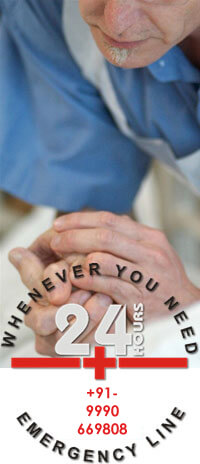Child CPR Airway
Call 112 for Medical Emergency Help
Pediatric upper airway obstruction occurs when a foreign object or medical condition blocks the windpipe (trachea), voice box (larynx) or throat (pharynx).
What is Pediatric Upper Airway Obstruction ?
The upper airways include the nose, nasal passages, sinuses, throat and voice box. When these airways become obstructed (blocked), it can lead to complications. The anatomy of children’s upper airways makes them more vulnerable to upper airway obstruction.
What are the signs and symptoms of Pediatric Upper Airway Obstruction ?
Symptoms that your child's airway is blocked include:
- Agitation or fidgeting
- Bluish color to the skin (cyanosis)
- Changes in consciousness
- Choking
- Confusion
- Difficulty breathing
- Gasping for air
- Panic
- Wheezing, whistling, or other unusual breathing noises that indicate breathing difficulty
What are the causes of Pediatric Upper Airway Obstruction ?
Viral croup is one of the most common conditions that causes upper airway obstruction in children and can sound like a loud, “barking” cough. Swallowing a foreign object is another common cause of upper airway obstruction in children below 3-years old.
Open The Airway
"A" is for AIRWAY. A child's breaths may be extremely faint and shallow - look, listen and feel for any signs of breathing. If there are none, the tongue may be obstructing the airway and preventing the child from breathing on his own.
Exercise extra caution when you open the victim's air passage using the head tilt/chin lift technique (Figure 1). This will shift the tongue away from the airway.
If the child is still not breathing after his airway has been cleared, you will have to assist him in breathing![]()


































